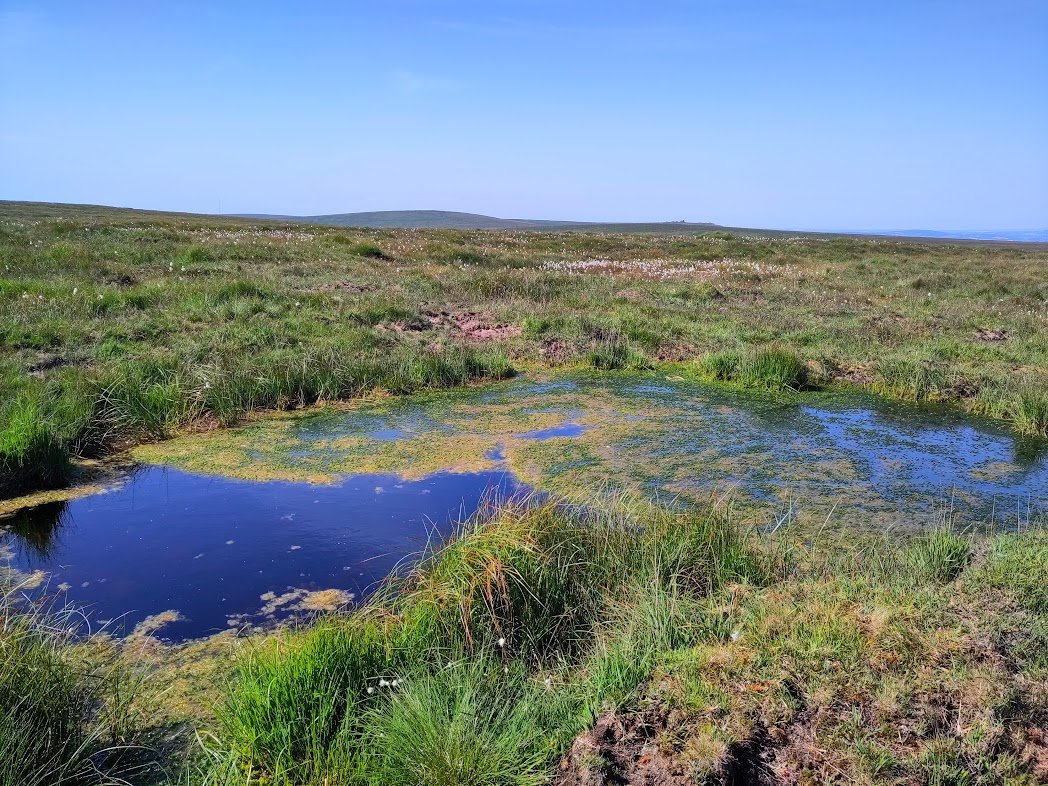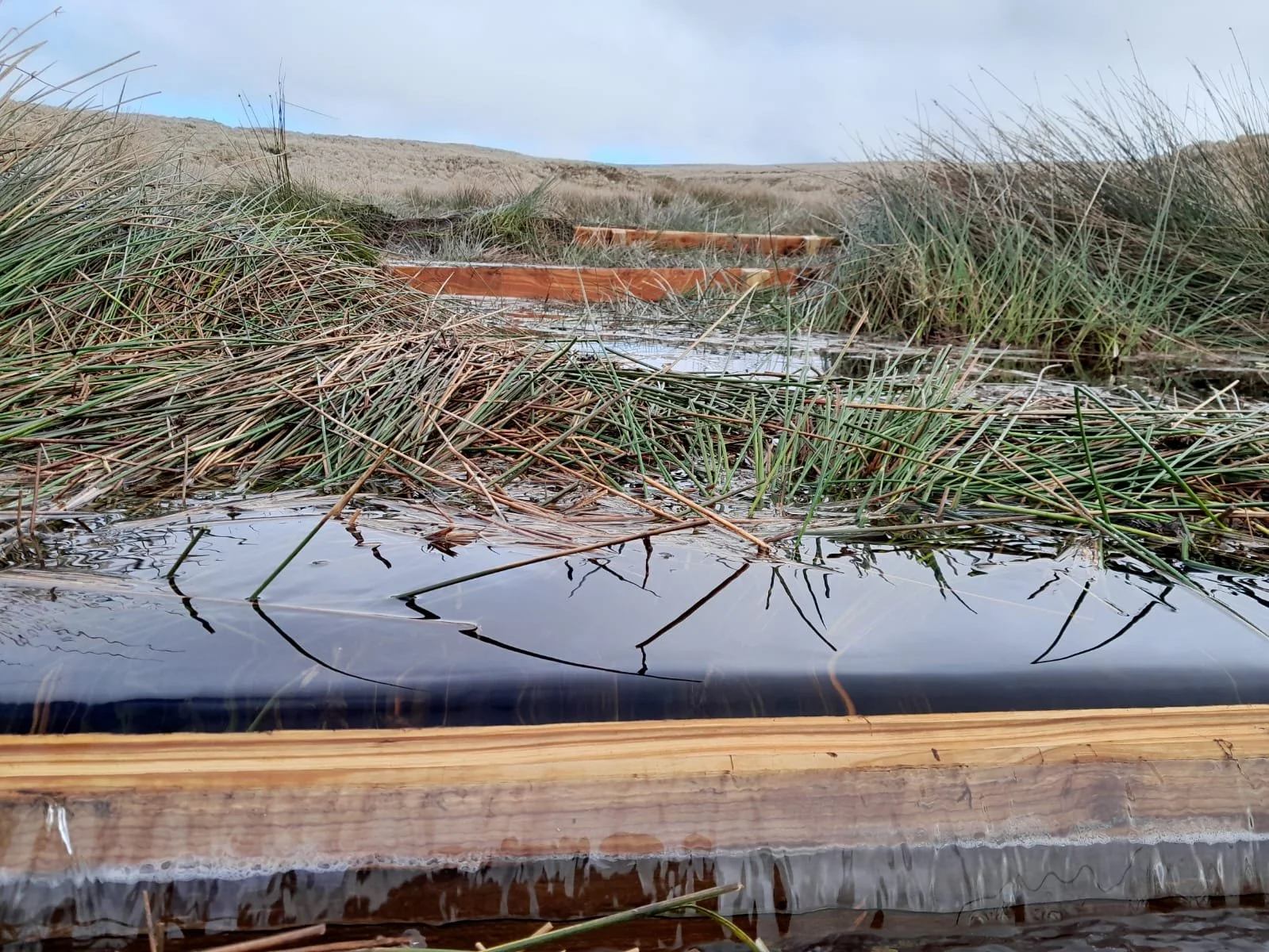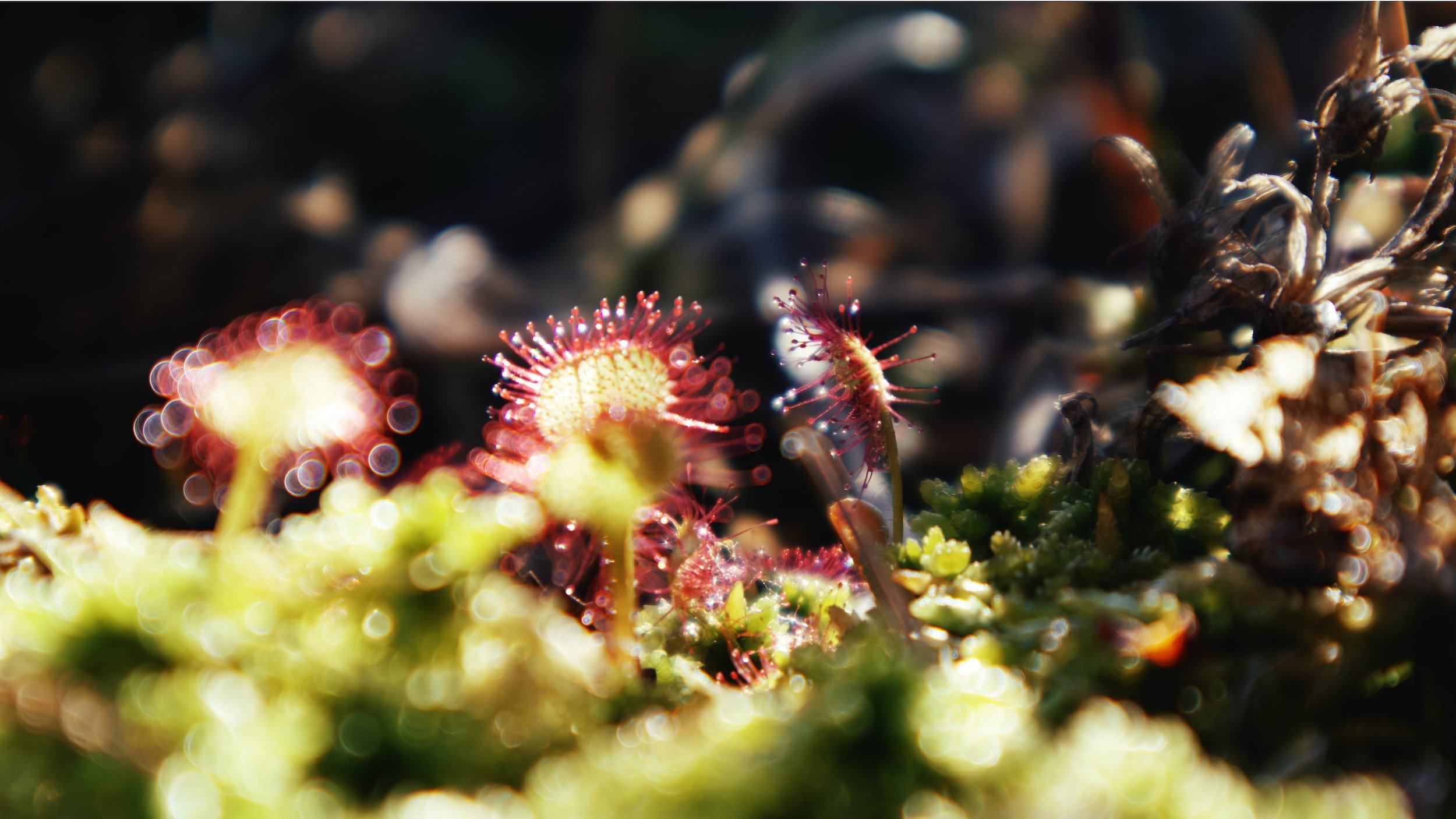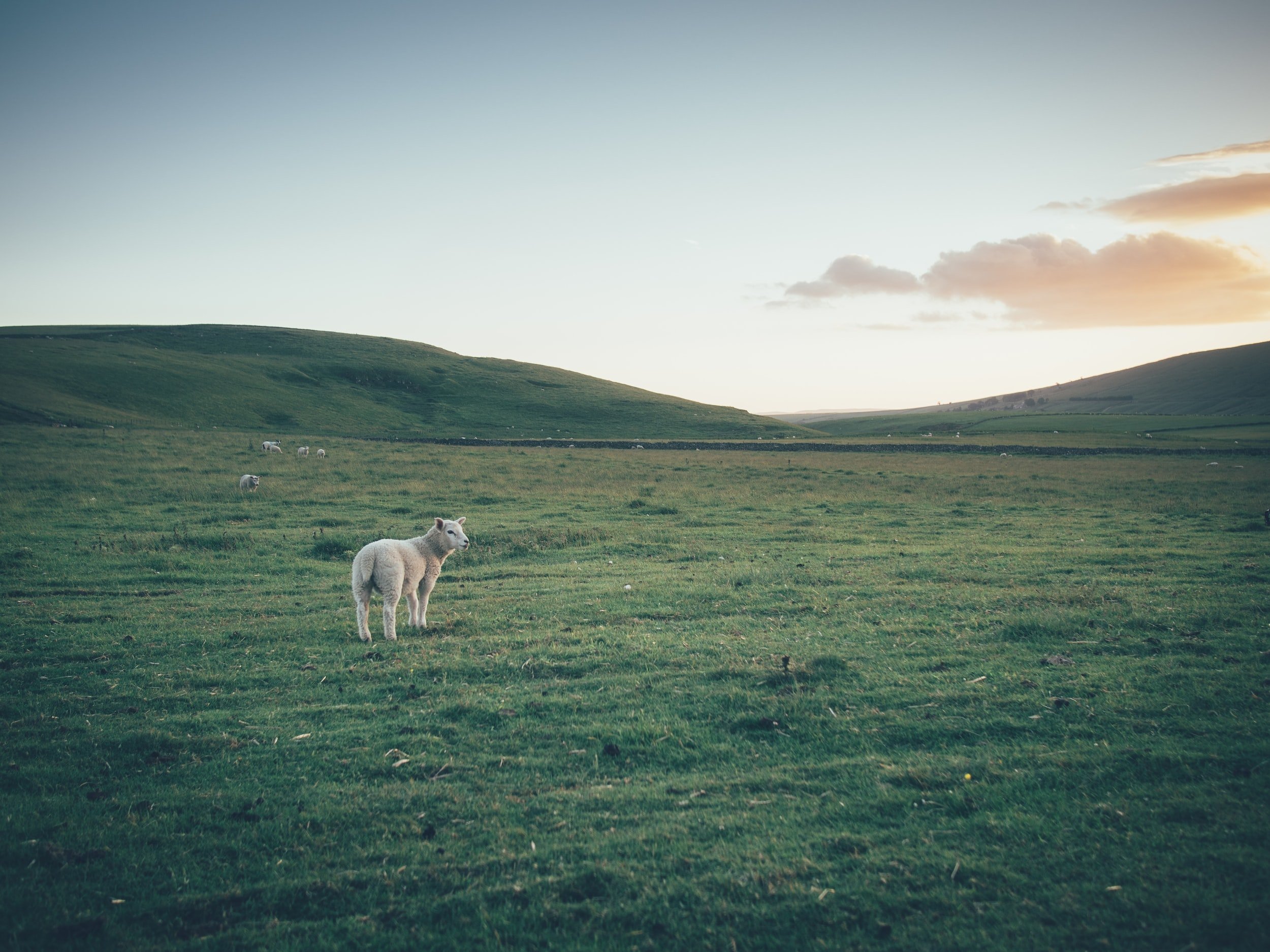
Our vision is of restored peatlands across Cornwall, Dartmoor and Exmoor that support wildlife, store carbon, manage flooding, provide clean water, preserve the historic environment, and champion livelihoods.
What we do.
The South West Peatland Partnership is working together to restore degraded peatland across West Penwith, Bodmin Moor, Dartmoor and Exmoor by 2025. Restoring this damaged peatland through rewetting will have innumerable benefits. As well as acting as natural carbon stores, rare wildlife habitats, archaeological havens, water purifiers and places for people to enjoy, healthy peatlands also increase resilience to climate change.
Restoring peatlands is no mean feat: its challenging but its vital, and urgent. It is a huge task and requires the involvement, determination and drive of a wide range of people, businesses and community groups. It’s why we work as a partnership, bringing together knowledge, experience and skills from across the UK’s South West, collaborating to find the best ways of tackling this challenge and leaving a lasting positive impact. Working in partnership alongside government agencies, landowners, charities, farmers, commoners and other key stakeholders, we ensure that everything from local land use to the historic environment, cultural elements and ecology are fully considered and incorporated within restoration plans.
Together, we aim to:
-

Help restore damaged areas of peatland across the South West of the UK
-

Increase resilience to climate change & keep carbon in peatlands
-

Nurture habitats for bog-reliant wildlife & plants
-

Improve the quality & reduce the quantity of water flowing from peatlands
-
Protect, & increase knowledge of, peatland’s archaeology & our historic environment
-

Provide health, economic & well-being benefits to farmers & individuals locally
-

Monitor our work to assess impact whilst sharing our successes, challenges & learnings
-

Connect people with peatlands & convey the importance of these ecosystems
Working alongside our partner organisations, we commission, support & carry out research into the South West’s peatlands.
A small sample of some of the research conducted. More will be added soon, in the meantime please contact us if there is an area of particular interest to you.
-
A deep dive by the University of Exeter into the degraded state of peatlands, impact of restoration interventions on upland areas of Exmoor, Dartmoor and Bodmin Moor, background, extra context and challenges faced.
https://issuu.com/universityofexeter/docs/creww_mire_on_the_moors_report_2020
-
Dr Paul Lunt and Bethan Hanley, Plymouth University, present the extent and nature of blanket mire degradation and the process of hydrological restoration and pool colonisation.
https://peatlands.org/assets/uploads/2019/06/jub-lunt-ppt.pdf
-
A case study of an area of peatland restoration on Dartmoor at Flat Tor Pan. Pia Benaud and Naomi Gatis examine the positive changing hydrology on the site, the challenge of methane, and the long-term nature of peatland recovery.
https://communities.springernature.com/posts/peatland-restoration-transforming-the-hydrological-landscape-in-the-wake-of-long-term-ecohydrological-degradation

